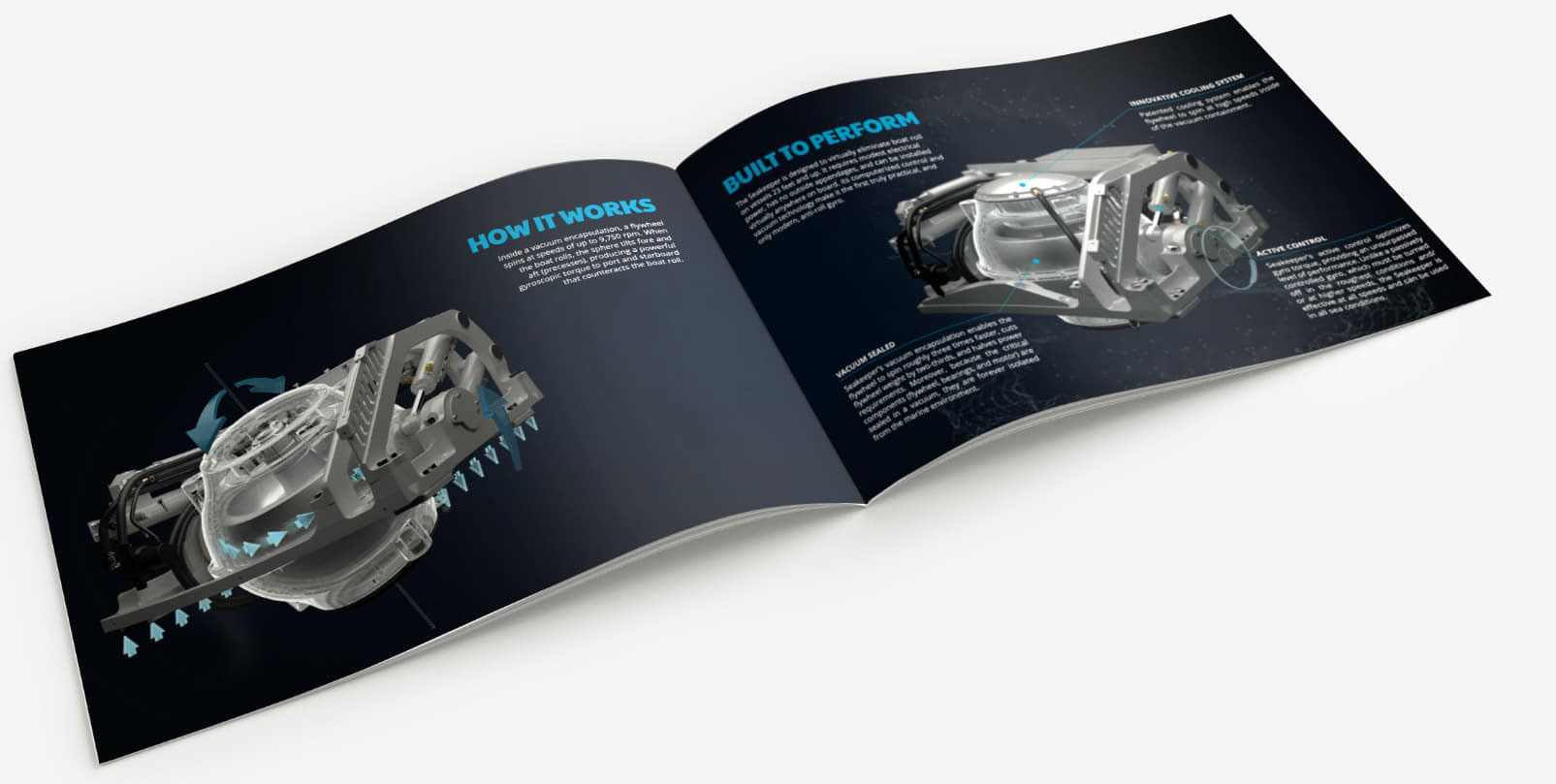Every 150 Hours or 3 Months
Replace Zinc Anode (Seakeeper 5, 6, 9, 16, 18, 26, 35, and 40)
Every 1000 Hours or Annually
Inspect hydraulic manifold components and fittings
Inspect hydraulic cylinders and hoses
Inspect brake bushings
Inspect heat exchanger and cooling hoses
Inspect all electrical connections, cables, components
Inspect all mounting hardware/bolts
Inspect isolators, clevis assemblies, bushings, pins & clips (Seakeeper 26, 35, and 40)
Clean/Descale heat exchanger
Confirm proper seawater flow
Confirm hydraulic oil pressure (Seakeeper 2, 3, 5, 6, 9, 16, 18, 26, 35, and 40)*
Inspect and lubricate the latch assembly (Seakeeper 1)*
Every 2000 Hours
Inspect the Igus chain assembly (Seakeeper 1)*
Flush the glycol cooling circuit (Every 2000 Hours or 5 Years)*
Replace brake bushings*
Replace heat exchanger*
Replace the latch assembly (Seakeeper 1)*

